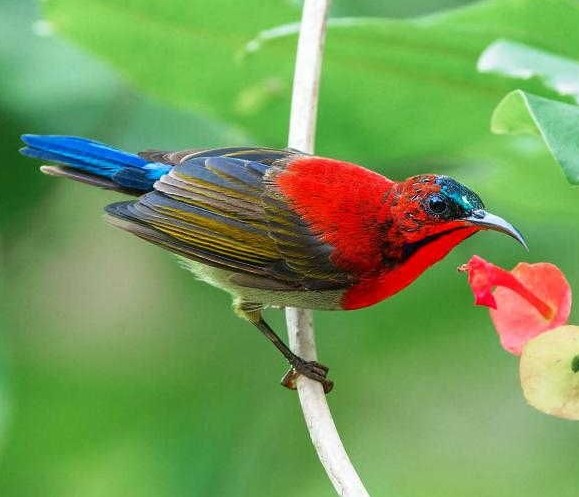

Aside from the obvious links between the two discip lines, the tie-up between psychology and education was due, to a large extent, t o the available faculty resources. Offered primarily by colleges or departments of education to serve their needs. Alvin Gaerlan, General Psychology: Understanding Human Behavior (Manila: National Book Store, Inc., 1983). Sinforoso Padilla and Estefania Aldaba-Lim, "Psychology in the Philippines," Science Review (November 1961): 6-10. In schools without psychology departments, psychology courses were organized and This study was made possible through a grant from the Faura Research Center. Departments of psychology relied heavily on education courses particularly those in guidance and counseling to serve as supporting courses in the psychology curriculum. Psychology degree was offered in 1948.2 After psychology broke away from philosophy, it became closely identified with education until about the 1960s. UST, however, has the distinction of being the first institution to offer a Bachelor of Science in Psychology and master's and doctorate degrees in the field.' The Psychology Department of UST was established in the early 1930s. In 1926, Psychology was taught as a subject separate from Philosophy and a Department of Psychology was established at the UP attached to the School of Education. Even when the University of the Philippines was established by the Americans in the early 1 900s psychology was part of the Philosophy Department. Philosophical psychology which was part of the European academic tradition was brought to the Philippines by the Spanish priests. Psychology was probably taught in the Philippines as early as the seventeenth century at the University of San Carlos in Cebu and at the University of Santo Tomas (UST) in Manila. T H E W A Y WE W E R E : THE E A R L Y Y E A R S

Psychology in the Philippines: History and Current Trends P A T R I C I A B. Please contact the publisher for any further use of this work at However, unless prior permission has been obtained, you may not download an entire issue of a journal, or download multiple copies of articles. Users may download and print articles for individual, noncommercial use only. Contents may not be copied or sent via email or other means to multiple sites and posted to a listserv without the copyright holder’s written permission. 1(1985) 67–86 Copyright © Ateneo de Manila University Philippine Studies is published by the Ateneo de Manila University. Psychology in the Philippines: History and Current Trends

Philippine studies Ateneo de Manila University


 0 kommentar(er)
0 kommentar(er)
